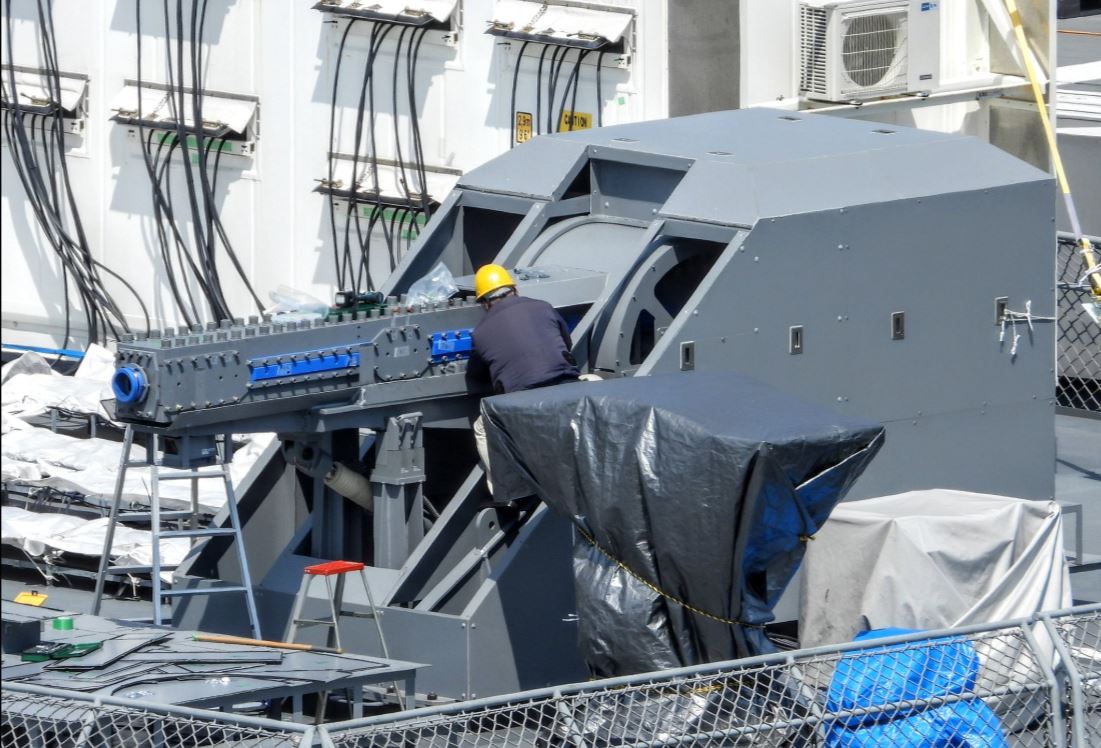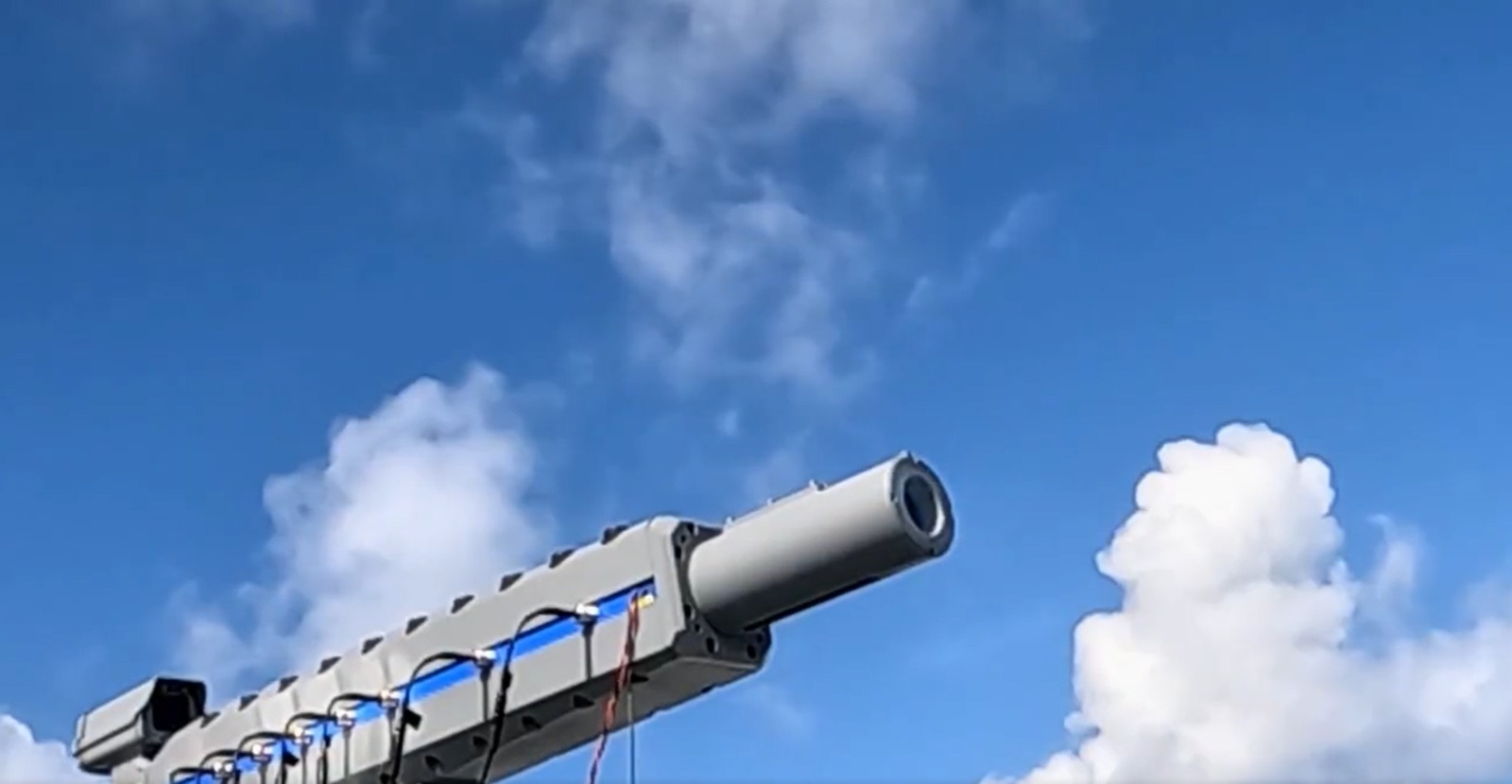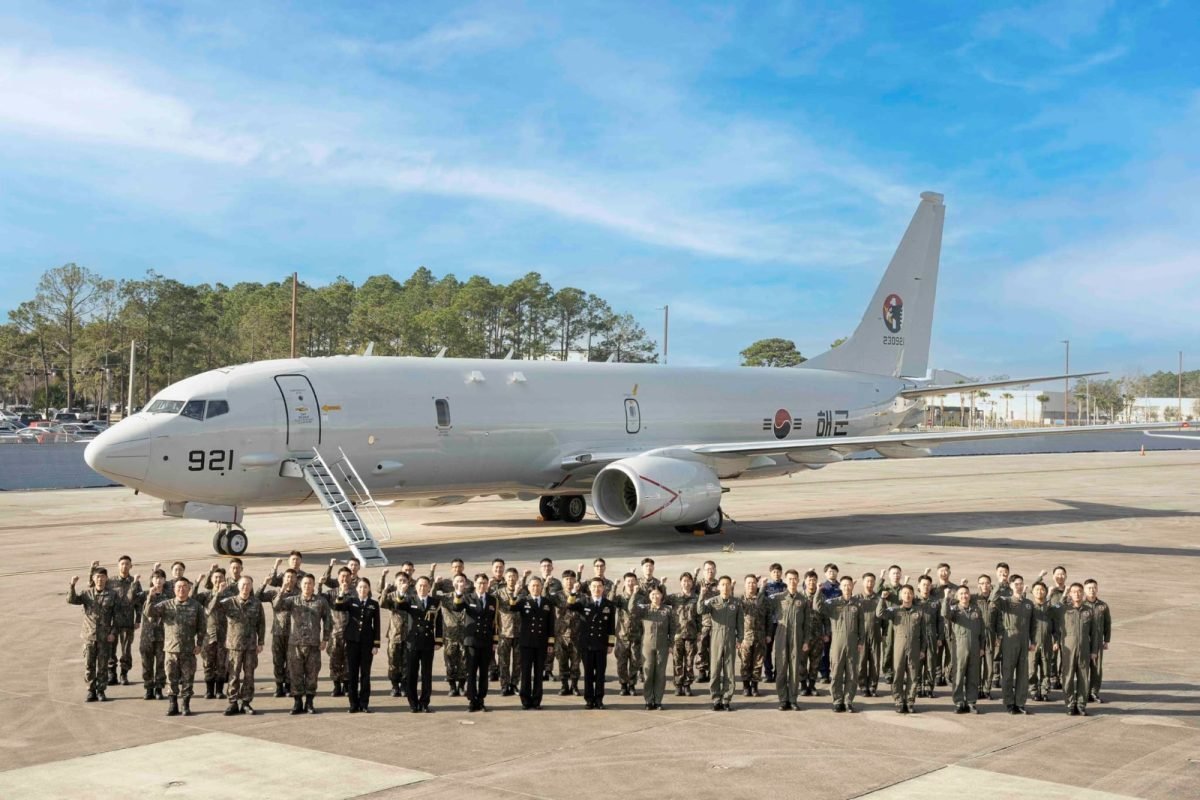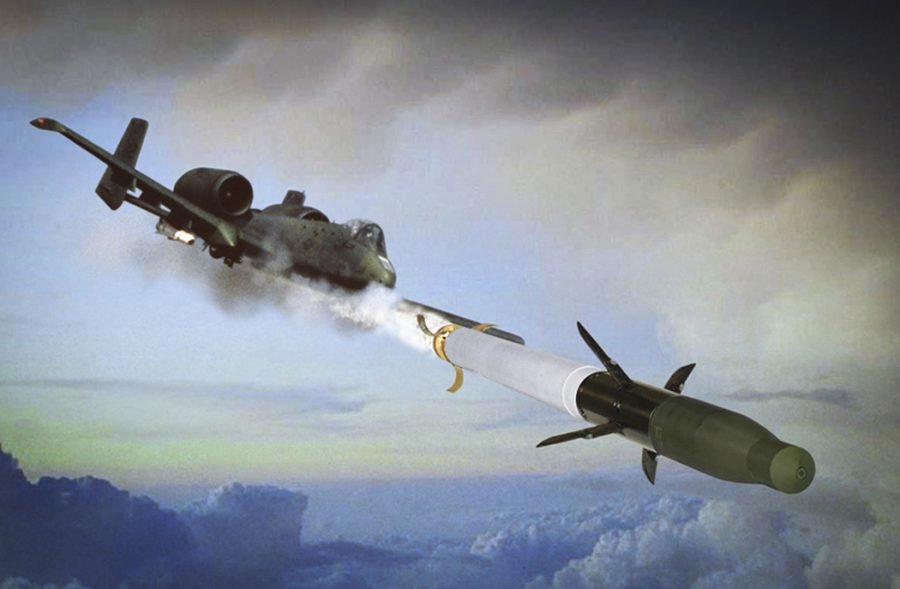Japan may soon succeed where many countries, including the US, failed. More than a century after the first theoretical models of the railgun were conceptualized, Japan is poised to conduct one more real-world test of a railgun.
New pictures have emerged, showing work being done on a prototype electromagnetic railgun by the Japanese Self-Defense Forces (JSDF). The railgun is installed on the test warship JS Asuka.
According to reports, the ship-mounted railgun is scheduled to undergo a live-fire drill by the end of this month. Asuka, a 6,200-ton-displacement dedicated testbed with a warship-like design, is currently in a port in Yokosuka.
Earlier in April, the JSDF released pictures of Asuka (ASE-6102) with a railgun mounted on its turret. In May, Japan showcased its railgun at the DSEI Japan exhibition, the country’s biggest defense expo.
Notably, the Japanese Navy test-fired the weapon for the first time last year. However, Japan’s public display of the advanced weapon system at a defense exhibition in May, along with a second live-fire drill scheduled for later this month, shows that Tokyo is confident in its technology and product reliability.

During earlier tests, the railgun reportedly fired at a velocity of around 4,988 miles per hour (Mach 6.5) while using five megajoules (MJ), or 5 million joules (J), of charge energy. As of April, prior testing goals had included a muzzle velocity of at least 4,473 miles per hour and a barrel life of 120 rounds.
Reports indicate that the JSDF is now working on reducing the weapon’s power requirements. Interestingly, railguns were theorized in the 1920s, over 100 years ago, and many countries, including China, France, Germany, and India, have attempted to build one.
The US, the most advanced defense-industrial power on earth, famously abandoned its plans to build railguns in 2021 after encountering multiple technical hurdles. However, Tokyo is about to succeed where Washington failed.
To better appreciate the technological bottlenecks one must overcome to build railguns, it is necessary to understand the deceptively simple yet complex science behind them.
Notwithstanding the over one-hundred-year history of efforts to build railguns, the basic science behind it is pretty simple.
Railguns use electricity and magnetism, not gunpowder, to launch projectiles at hypersonic velocity.
A railgun consists of two parallel metal rails connected to a power source. These rails are placed close together, with a conductive projectile (often a metal ball) between them. When the railgun is activated, a massive electric current flows through one rail, across the projectile, and back through the other rail, creating a complete circuit.
This huge current generates a powerful magnetic field around the rails. According to the Lorentz force principle, when electricity flows through a conductor (the projectile) in a magnetic field, it creates a force that pushes the projectile forward.
This force accelerates the projectile to hypersonic velocities, often exceeding Mach 5 or more than five times the speed of sound.
In other words, instead of gunpowder and explosives, a railgun uses an electromagnetic field to push the metal ball forward to its target at hypersonic speed.
The projectile’s incredibly high speed means it gathers enough kinetic energy to destroy any potential target. The projectile could be any metal ball without any explosives. The projectile will destroy the target through its sheer speed, think of a meteor hitting the Earth.
Put simply, a railgun converts electromagnetic energy into kinetic energy and uses that kinetic energy to destroy a target, such as a ship or a hypersonic ballistic missile.
It sounds simple, but its deceptive simplicity hides many technological hurdles. These hurdles ensured that railguns remained in the realm of science fiction for the entirety of the 20th century, despite the development of theoretical models in the 1920s.
The Tech Hurdles In Railguns
The first bottleneck was the immense electrical power required by a railgun to function. Even a small railgun could consume electrical power equivalent to 10,000 homes. Generating and storing that amount of electricity was a challenge.
The second hurdle was that this high amount of force would quickly wear out the rails. The high electrical current and magnetic stress also frequently damaged the parallel conductors. The scientists needed to develop rails that could consistently handle that much force.
A third challenge was to guide the metal ball travelling at hypersonic speeds. A metal ball travelling at Mach 5 or Mach 7 cannot receive Satellite Navigation (SatNav), making it an unguided shell.
The Failed US ‘Dream Shell’ Project
These challenges led the US Navy to abandon its ‘dream shell’ project in 2021, after years of research and an expenditure of over US$500 million.
It redirected the funding towards hypersonic missiles, directed energy weapons (DEW), and electronic warfare (EW) systems.
Military and naval warfare analyst Bryan Clark from the Hudson Institute stated that the US spent approximately US$500 million on the program over a decade. The biggest drawback was the system’s limited range – 110 miles (177 km) – clocked during testing.

“A Navy vessel could not employ the gun without putting itself within range of a barrage of enemy missiles. And its usefulness for missile defense was also limited by range and rate of fire,” Clark said.
The US Navy first planned to deploy the electromagnetic railgun system on the USS Lyndon B. Johnson, a Zumwalt-class warship. That plan was later canceled.
The Chinese, Japanese Breakthrough
Despite the US abandoning its ‘Dream Shell’ project in 2021, China and Japan continued the work on Railguns.
In February last year, China claimed a breakthrough.
A team led by Feng Junhong, with the National Key Laboratory of Electromagnetic Energy at the Naval University of Engineering, published a paper in the Journal of the Naval University of Engineering in November.
The team claimed that its research enabled the metal shell fired from a railgun to receive stable signals from the BeiDou satellite navigation system. It consistently adjusted its flight path, maintaining an error of less than 15 meters (49 feet) “until it hits its target.”
“Achieving such high accuracy at such high speeds is not easy, as the shell can travel 2,500 meters (8,200 feet) per second,” the report added.
The Chinese scientists developed a unique “antenna” that can resist intense electromagnetic radiation and receive clear signals from the BeiDou constellation’s military frequency band.
However, in the absence of practical demonstration, many military analysts took the Chinese claims with a grain of salt. Chinese naval scientists repeated these claims in January this year.
Japan started working on the railgun project in 2016 and has invested US$300 million over the past three years. As mentioned above, Japan has already conducted a few tests of its railgun, including at sea trials.
However, it seems that Japan is maturing the technology before introducing it into service. When fully mature, Japan intends to induct railguns on naval as well as ground-based mobile assets, such as trucks.
- Nitin J Ticku is the Managing Editor of the EurAsian Times. He holds a double Master’s degree in Journalism and Business Management and has nearly 20 years of global experience.
- CONTACT The Author at: Nytten (at) gmail.com






